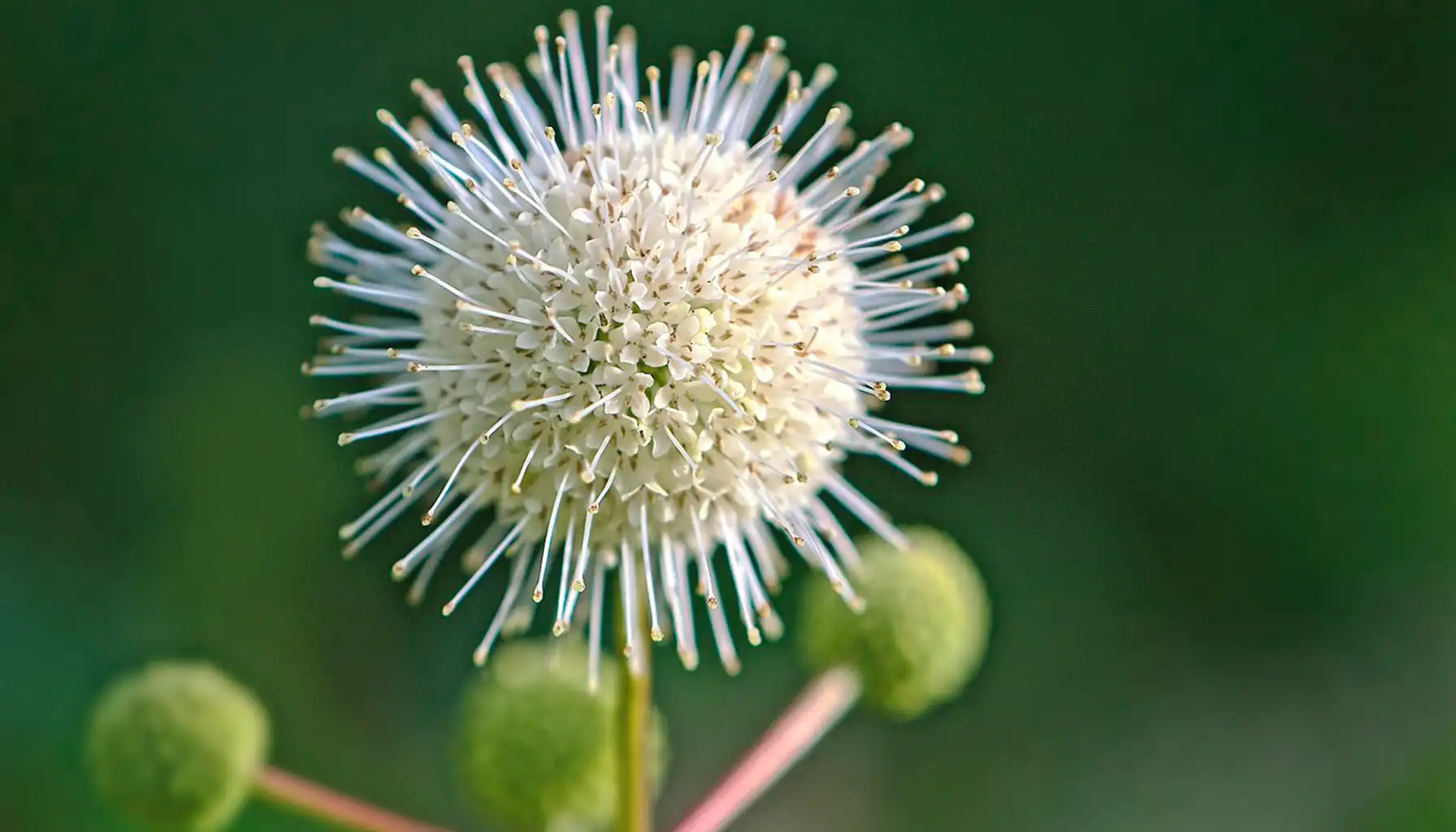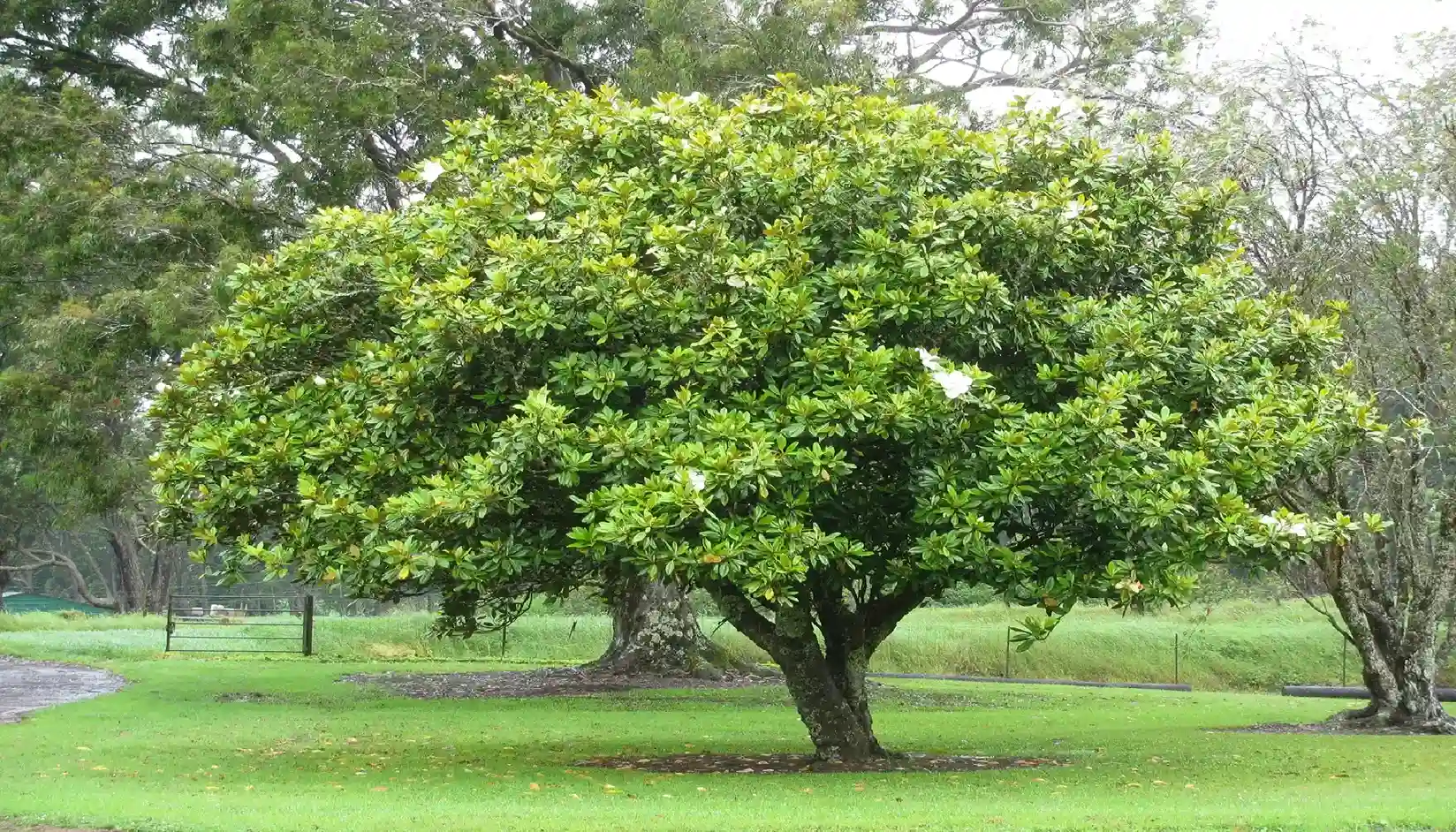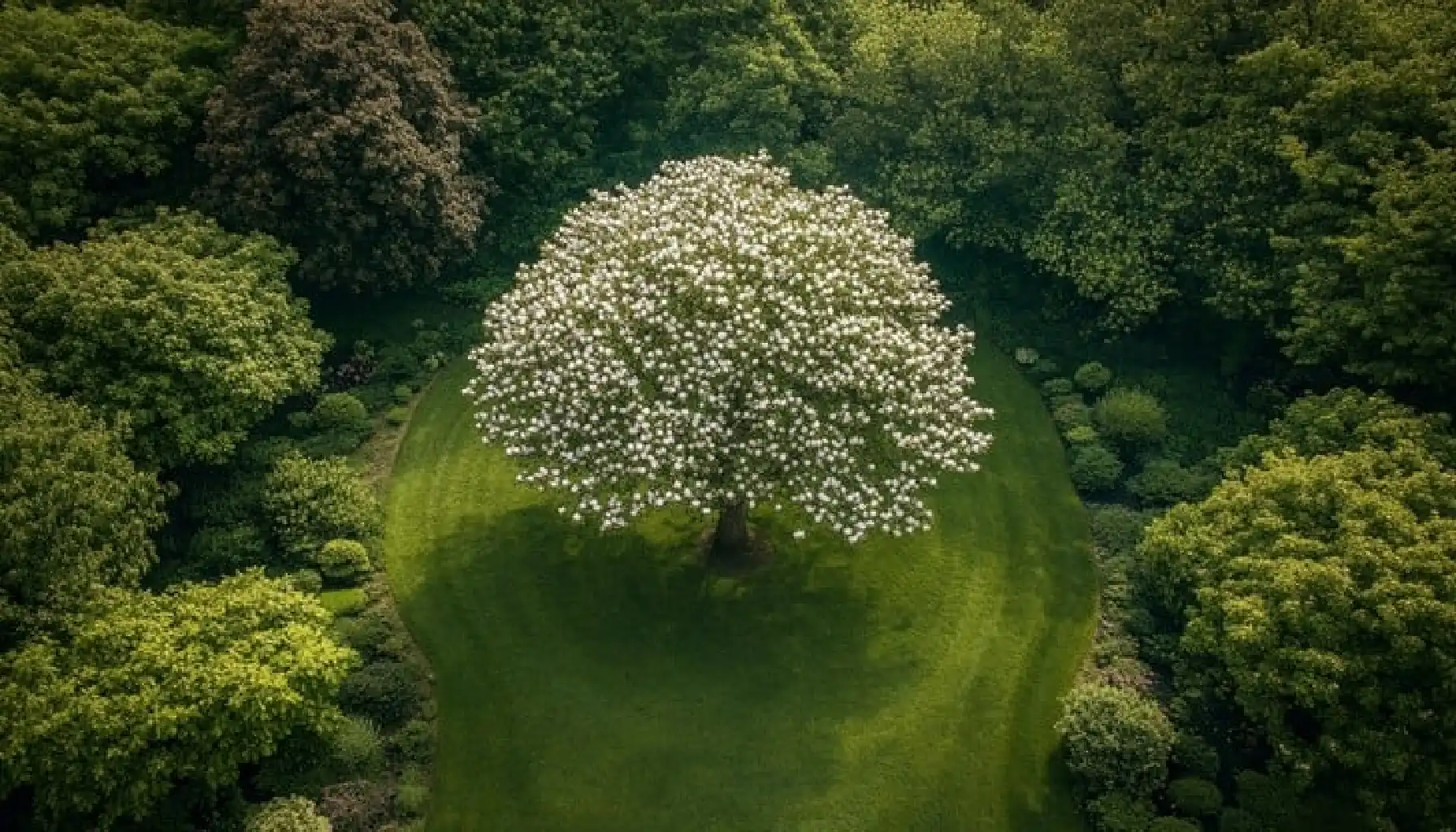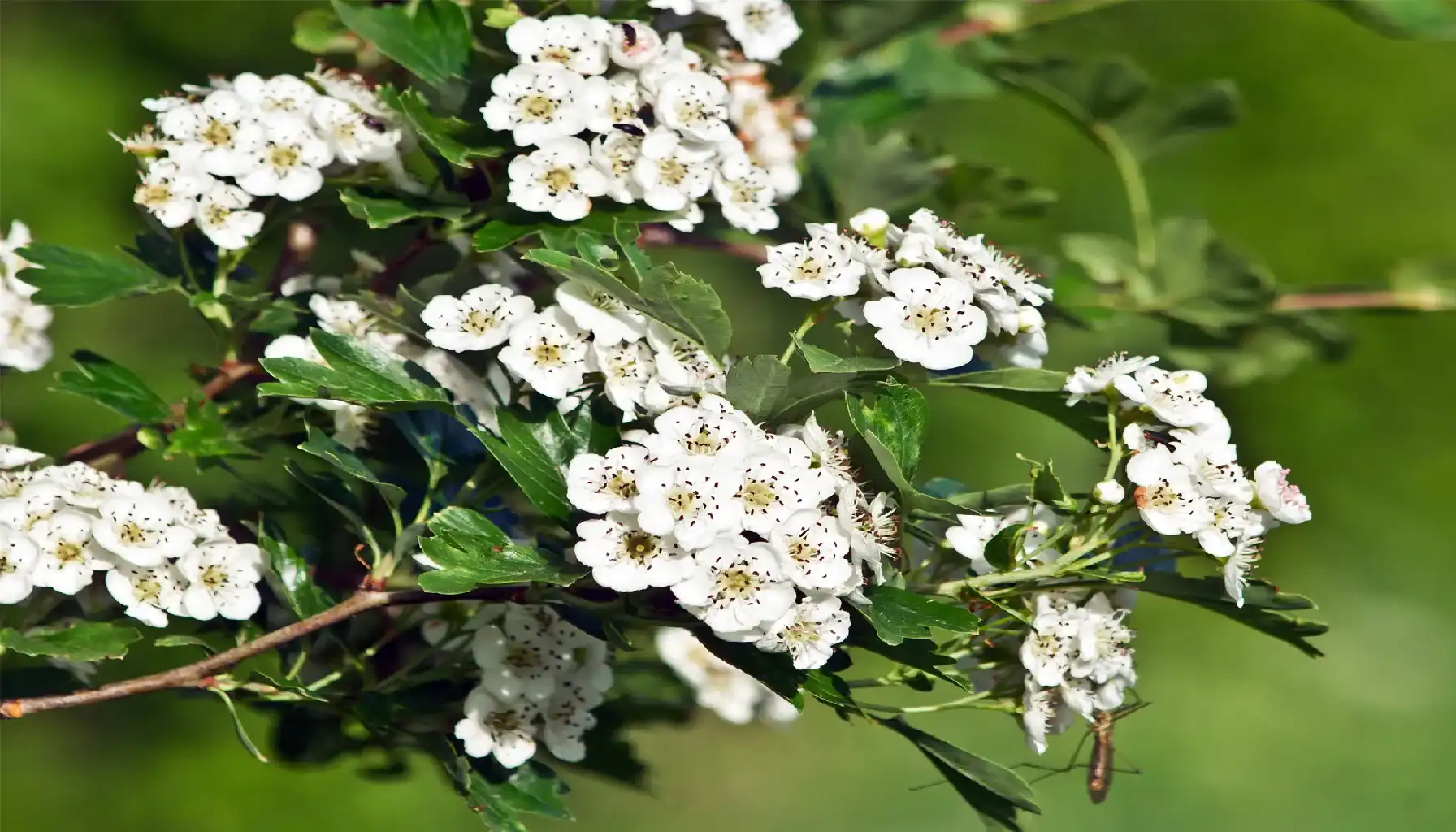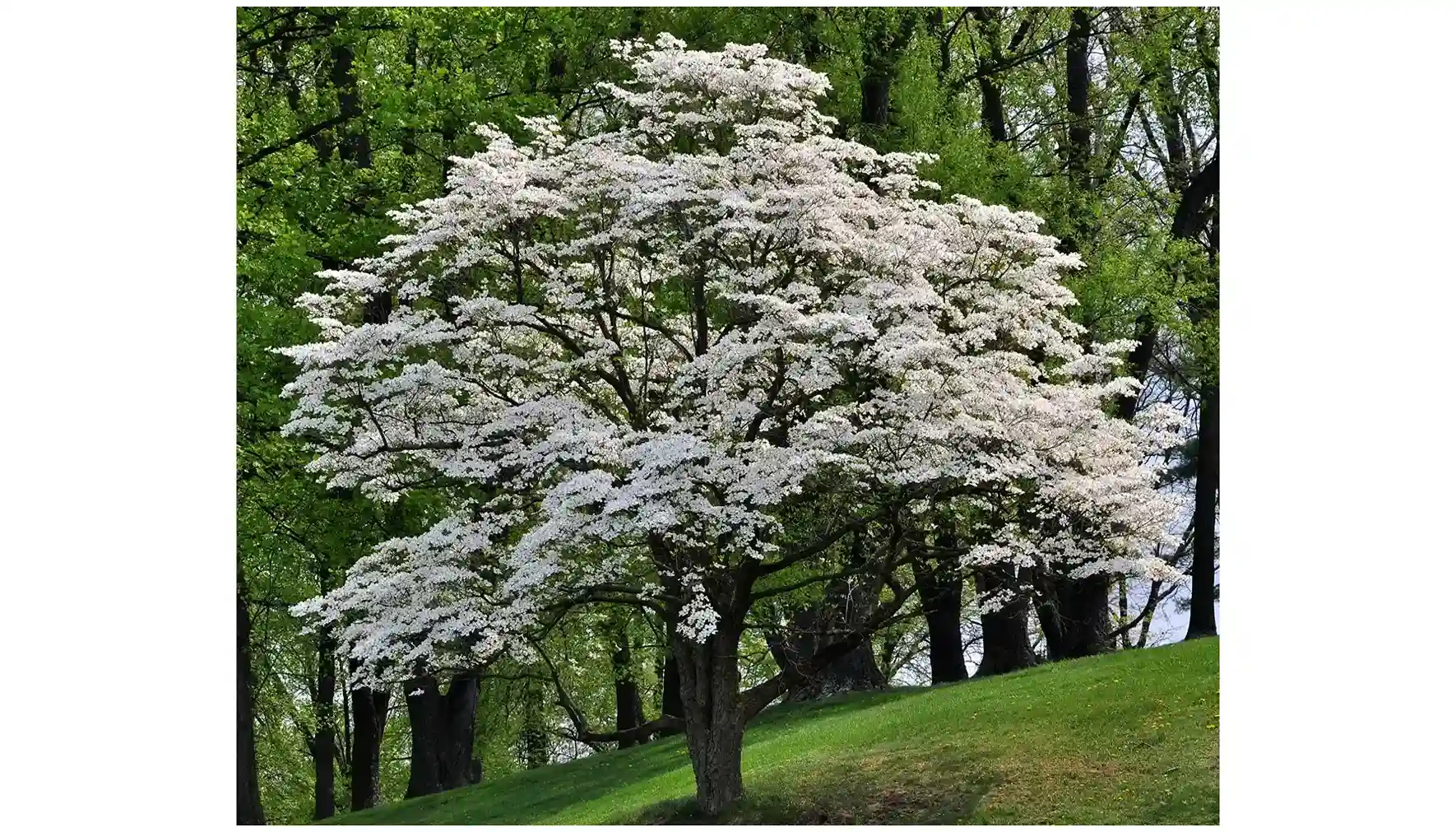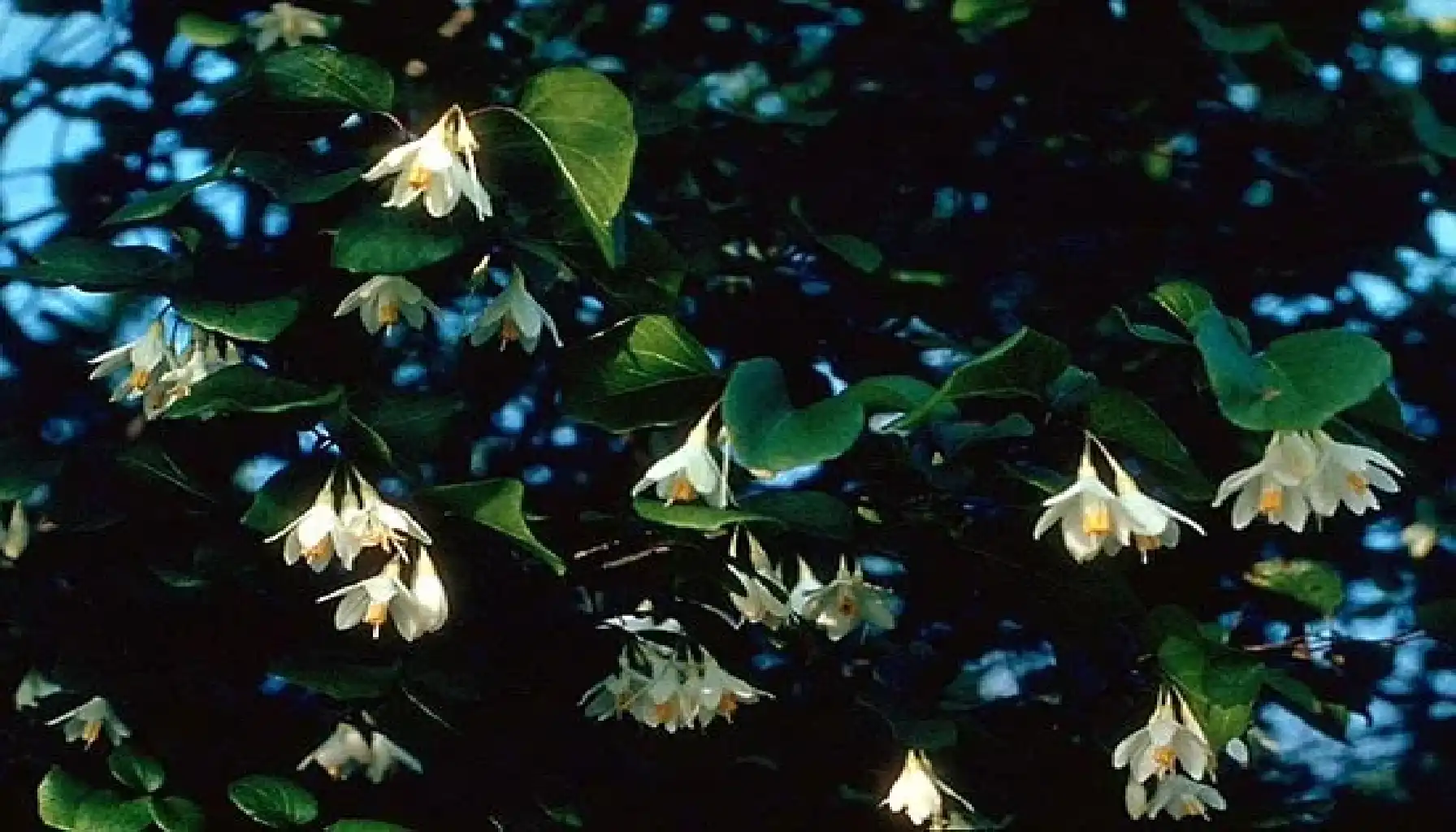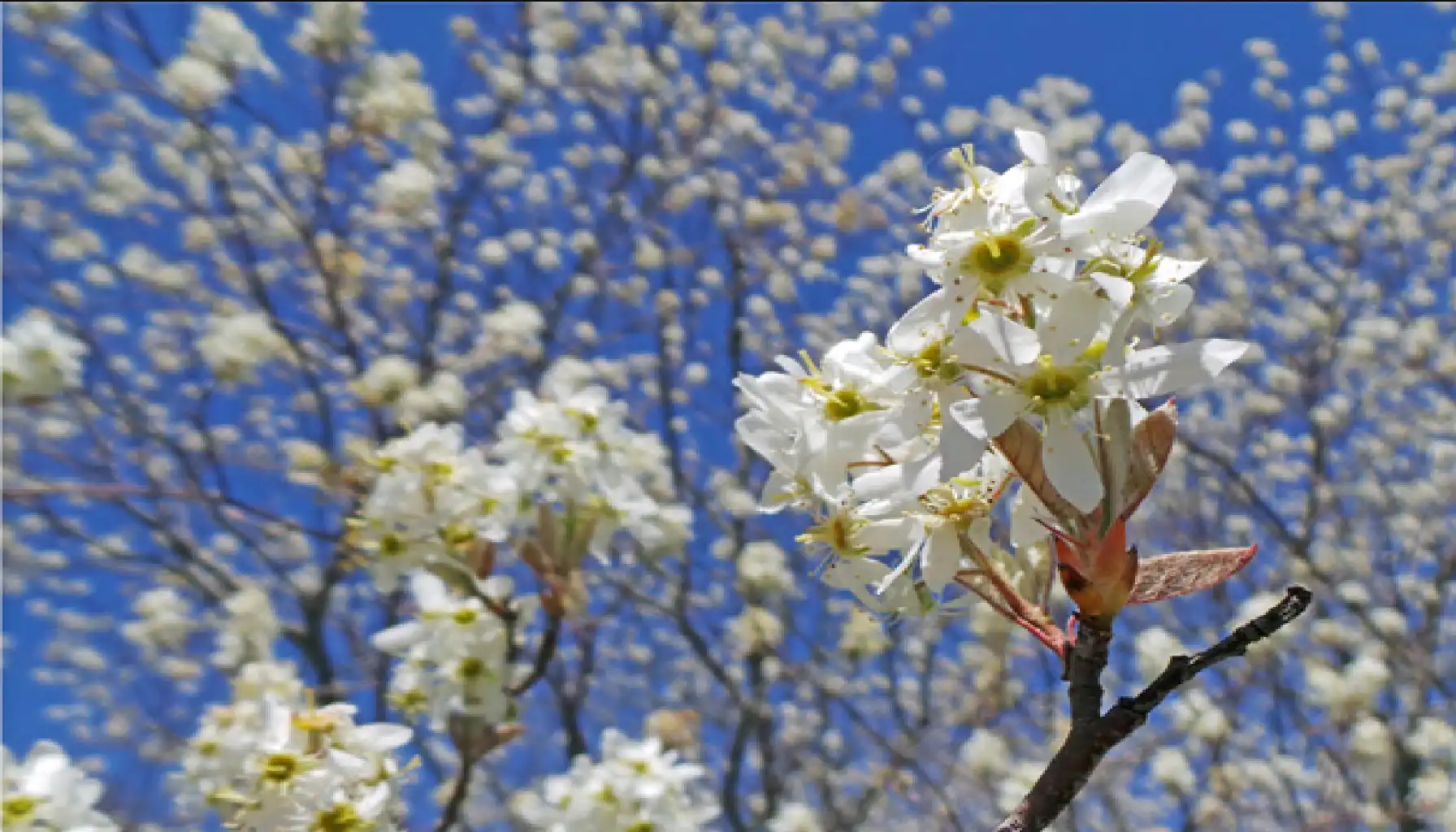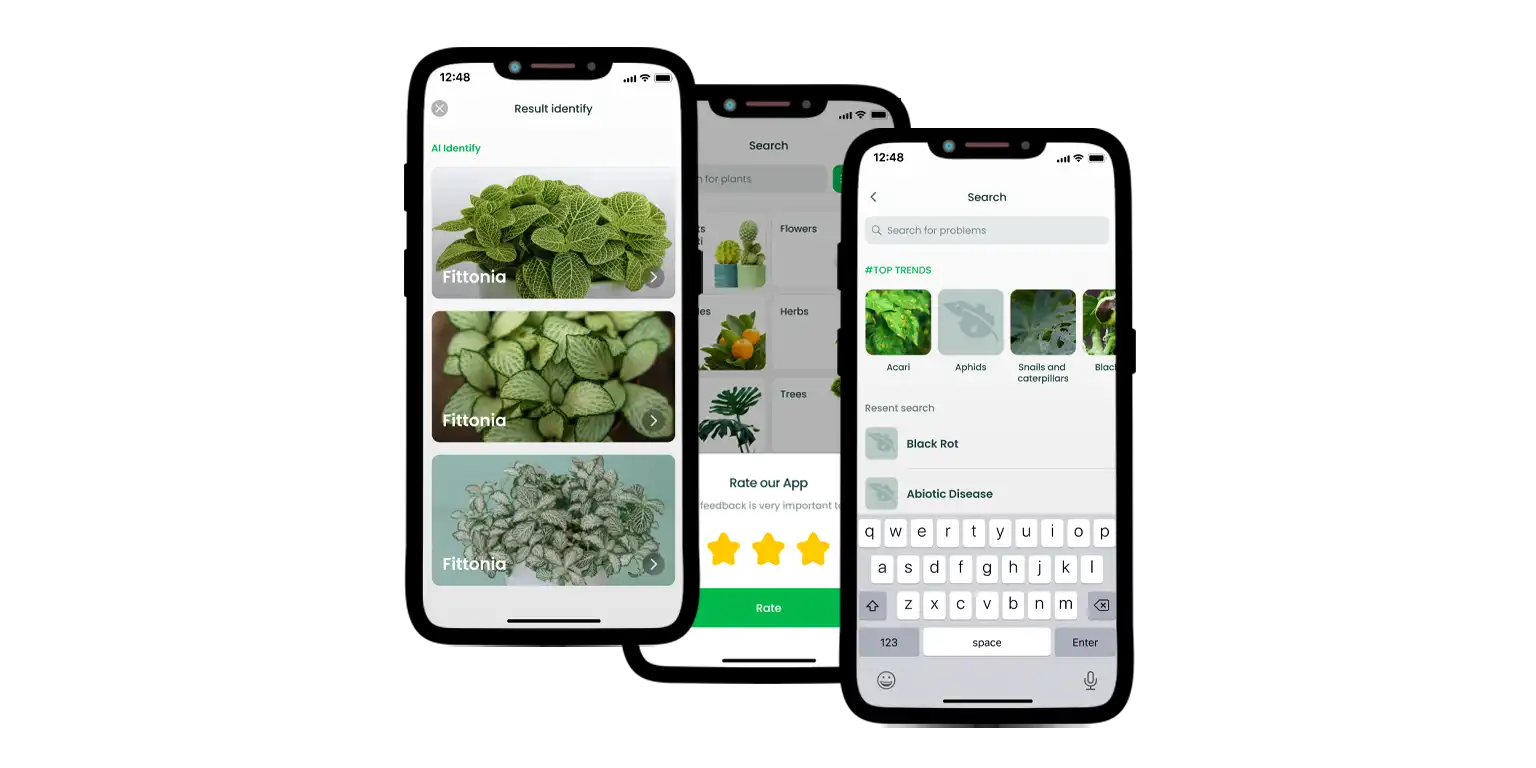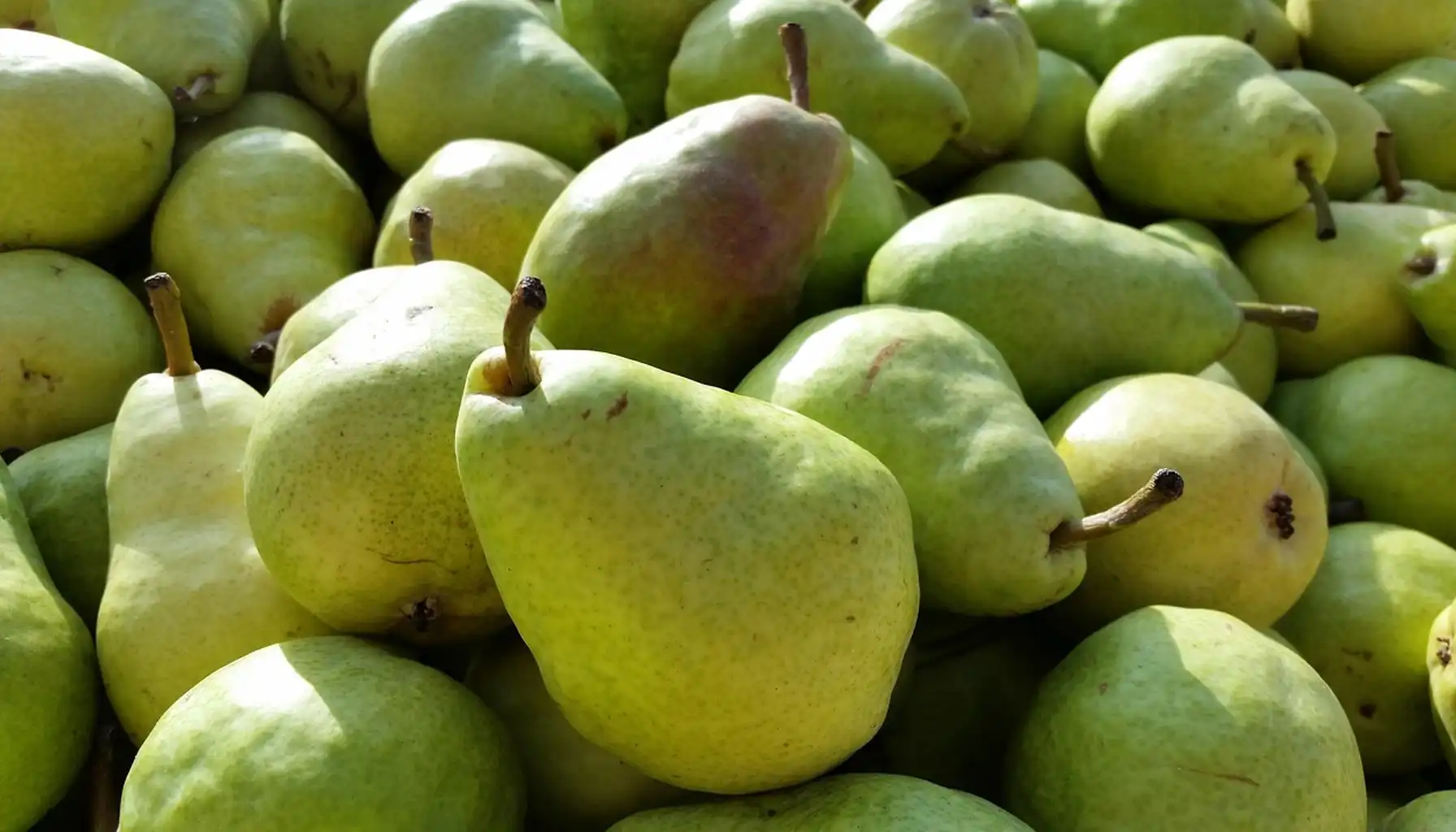"Trees are the Earth's endless effort to speak to the listening heaven." For thousands of years, cultures from all over the world have considered white to be a symbol of innocence, cleanliness, perfection, purity, and simplicity. It is no wonder, then, that white flowering trees occupy a special place in gardens, however complicated it may be to take care of them properly.
Should you be aspiring to plant your own white trees or simply enjoy the beauty of nature around, it is essential to acknowledge their differences and the benefits of each one. Today, we are going to explore which species are worth paying attention to, where the most beautiful trees may thrive, and how to identify a plant on the spot.
Do Not Plant These Without Reading This First
Before turning to the floral creations that may become a great addition to any garden and boast numerous beneficial traits, let us briefly focus on what is controversial, though visually alluring. As nature dictates, there are plants that do attract attention (not always for the right reasons, by the way).
Some species may be impeccably beautiful, yet their beauty is always accompanied by their hidden challenges, e.g., invasiveness, toxicity to humans and animals, weak structure, or environmental impacts, all of which cannot be ignored.
Trees to Avoid Planting:
Callery Pear (Pyrus calleryana): Highly invasive and crowds out native plants.
Bradford Pear: Prone to breaking; shares invasive traits with Callery Pear.
Tree-of-Heaven (Ailanthus altissima): Foul-smelling and aggressively spread through root suckers.
Princess Tree (Paulownia tomentosa): Fast-growing, invasive with structural weakness.
Chinaberry Tree (Melia azedarach): Toxic berries and invasive tendencies.
Choose wisely and always check the tree’s background before planting. This is why preliminary early spring white flowering trees identification is vital.
Related article: The Role of Wasps: Pests or Ecological Allies?
Cultivated and Wild White Flowering Trees Identification: Top Species to Explore
Hawthorn (Crataegus spp.)
Habitat: Native to temperate regions of the Northern Hemisphere, including North America, Europe, and Asia. Commonly found in woodlands, hedgerows, and fields.
Plant Care Requirements:
Prefers full sun; tolerates partial shade
Adapts well to clay, loamy, or sandy soils
Requires well-drained soil
Benefits from occasional watering in prolonged dry periods
Hawthorns are small to medium deciduous thorny trees or large dense shrubs, popular thanks to their fragrant white flowers that bloom in late spring. These flowers give way to bright red or orange berries in autumn, which attract birds and wildlife that create a healthy environment together.
Height | 15–30 feet |
Width | 15–25 feet |
Bloom Time | Late spring |
Leaf Type | Deciduous, lobed, or toothed |
Flower | Small white flowers in dense, fragrant clusters |
Bark | Gray-brown, often ridged or scaly; may develop fissures with age |
Soil Preference | Well-drained, adaptable |
USDA Zones | 4–8 |
Flowering Dogwood (Cornus florida)
Habitat: Native to eastern North America, thrives in the understory of hardwood forests, along woodland edges, and in shaded residential landscapes.
Plant Care Requirements:
Prefers partial shade, especially in hotter climates
Needs rich, well-drained, acidic soil
Requires consistent moisture
Benefits from a layer of mulch to maintain soil moisture for longer periods
The dogwood white flowering trees identification is fairly easy, thanks to their distinctive four-petaled bracts that are exhibited in early spring, even before the leaves emerge. As time goes on, the color of foliage gradually turns reddish-purple, decorated with red berries, i.e., a valuable source of food for birds.
Height | 20–30 feet |
Width | 25–30 feet |
Bloom Time | Early to mid-spring |
Leaf Type | Deciduous, ovate |
Flower | Small white, yellowish flowers surrounded by four large white bracts |
Bark | Dark brown to gray, forming blocky, alligator-like patterns |
Soil Preference | Acidic, well-drained |
USDA Zones | 5–9 |
Fragrant Snowbell (Styrax obassia)
Habitat: Native to East Asia (i.e., Japan, China, Korea), found in mountain forests and moist woodland areas.
Plant Care Requirements:
Thrives in full sun to partial shade
Prefers moist, acidic, well-drained soil
Needs consistent watering, especially in dry weather
Minimal pruning required; remove dead wood after flowering
Here is the small white flowering tree identification at its best! The Fragrant Snowbell is a miniature deciduous tree that blooms in late spring to early summer. The most amusing thing about the tree is its sweet, jasmine-like fragrance that fills the surrounding air in an instant. This is what makes this plant a must-grow or, at least, a must-see.
Height | 20–30 feet |
Width | 15–25 feet |
Bloom Time | Late spring to early summer |
Leaf Type | Deciduous, broad, heart-shaped |
Flower | Bell-shaped white flowers in drooping, fragrant clusters |
Bark | Smooth gray bark that may exfoliate in thin sheets with age |
Soil Preference | Moist, acidic, well-drained |
USDA Zones | 5–8 |
Serviceberry (Amelanchier spp.)
Habitat: Native to North America, grows in woodlands, along streams, forest edges, and rocky slopes.
Plant Care Requirements:
Prefers full sun to partial shade
Thrives in moist, well-drained soil
Tolerates a range of soil types, including loam and sandy soils
Requires regular watering, especially in dry conditions
Can be grown as a tree or multi-stemmed shrub
Serviceberries are the true stars of the garden – first, they bloom early in spring and then give small, edible berries that turn from red to deep purple. As such, most gardeners adore this plant because of its universality: it is both beautiful and crop-giving for humans and animals alike.
Height | 15–25 feet |
Width | 15–20 feet |
Bloom Time | Early spring |
Leaf Type | Deciduous, oval |
Flower | Small, star-shaped white flowers in loose clusters |
Bark | Smooth gray bark, often striped or slightly ridged with age |
Soil Preference | Moist, well-drained |
USDA Zones | 4–8 |
If you are into the spring white flowering trees identification (though the pink creations like yoshino cherry trees are also magnificent), you may also turn to the following options:
White Magnolia (Magnolia × soulangeana, Magnolia stellata): Known for large, fragrant blooms early in the season
Black Cherry (Prunus serotina): Native tree with clusters of small white flowers and attractive bark
White Fringetree (Chionanthus virginicus): Delicate, fringe-like blossoms and excellent ornamental qualities
Callery Pear (Pyrus calleryana): Showy white blooms (consider non-invasive cultivars only)
Wild Plum (Prunus americana): Fragrant white flowers and wildlife-friendly fruits\
Tools You Might Need for Plant ID
Those who crave to know how to identify plants of different kinds on the go should be aware of what essential tools are needed. Although this may differ according to one's needs, purpose, and knowledge, here is a list of the general resources that may make your gardening (or observing) experience a bit easier and much more pleasant.
Field Guides and Books:
Traditional plant ID books are invaluable, be they in physical or digital form. As a rule, they provide detailed descriptions, photos, and regional information for each species, based on the area or the family.
Magnifying Glass and Notebook:
So as to examine small details like leaf veins or flower parts, one may need a magnifying glass and a notebook to keep notes and sketches of what one observes and learn.
AI Plant Finder:
Plant ID tools are rather popular, and the market dazzles with numerous advantageous instruments like AI Plant Finder. Among its most prominent features are instant plant identification by photo, disease detection (supported by suggested treatment plans to keep your plants healthy), My Garden management (i.e., a digital representation of your actual garden to help you keep track of it over time), and even AI assistance available for personalized advice and much more.
Explore the beauty of the flora, but be respectful – it is a natural pleasure to stay connected with the world we may proudly call our home.
AI Plant Finder Related Posts
